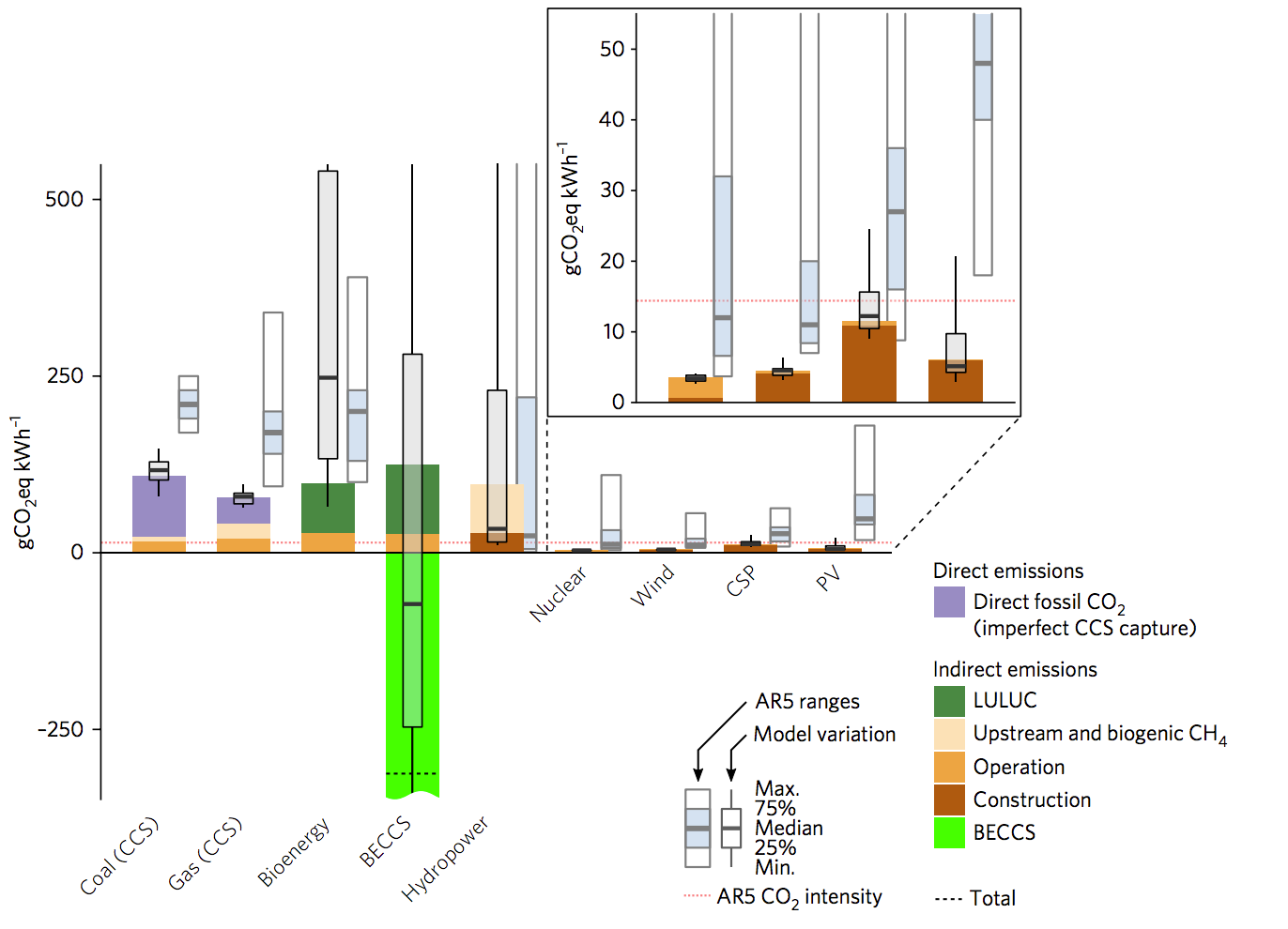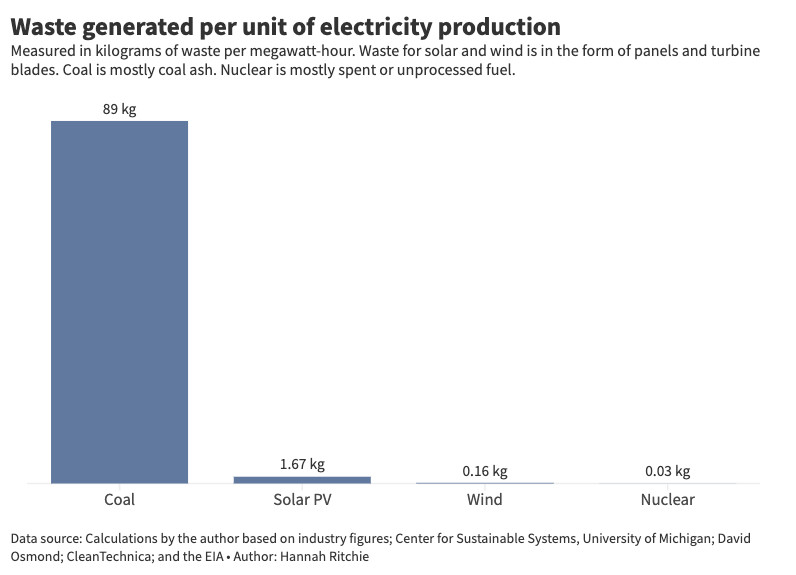

This sounds like quite a rube goldberg machine to avoid simply supplying a predictable baseline with nuclear. If you try to out-surplus increasingly common climate catastrophes, you’re going to be in for a rude awakening.
Any surplus or pricing plan will be gamed by power hungry datacenters or other wasteful capitalist scam-de-jour. Like you said, demand is elastic so any spare watt will eventually be sucked up as the price curve is optimized. The combined fluctuations on supply+demand is not what you want for a stable grid.
I predict a scenario where storage has to shore up that instability; much more storage than people think. The potential for a zero-supply floor (independent of demand growth) with massive surplus peaks requires building out an equally massive buffer. What will that ecological damage will look like? Will our current projections and efficiencies hold true at that scale?
The cheap energy -> increased demand -> increased storage -> more surplus cycle will cement our reliance on cheap energy, which requires more stability which means more storage, etc…
Let me clarify here that renewables are important for planning a responsible energy future, but only chasing cheap energy isn’t the solution. It’s not possible for us to out-produce the over-consumption that got us here.







Why do we need more of it? Since 1950 the USA has increased electricity usage 14x with slightly over 2x the population. With full electrification, our electricity demands are expected to increase by 90% in 2050 with only a ~10% population bump.
Surely we’ve gone beyond necessary consumption and hit diminishing quality-of-life returns. And all of this is considering just production, excluding the complications of replacing infrastructure, transportation fleets and upgrading the grid.
Those projections also don’t include gen-AI datacenters, which will consume ~12% of total usage by 2028. Electric trains are between 2-10x more efficient per passenger/kWh than BEVs. With a focus on more efficient transportation you could turn off those datacenters, skip the complex and expensive BEV infrastructure and come out with a much lower 2050 consumption.